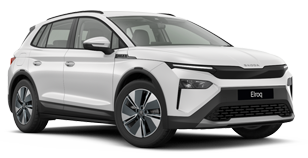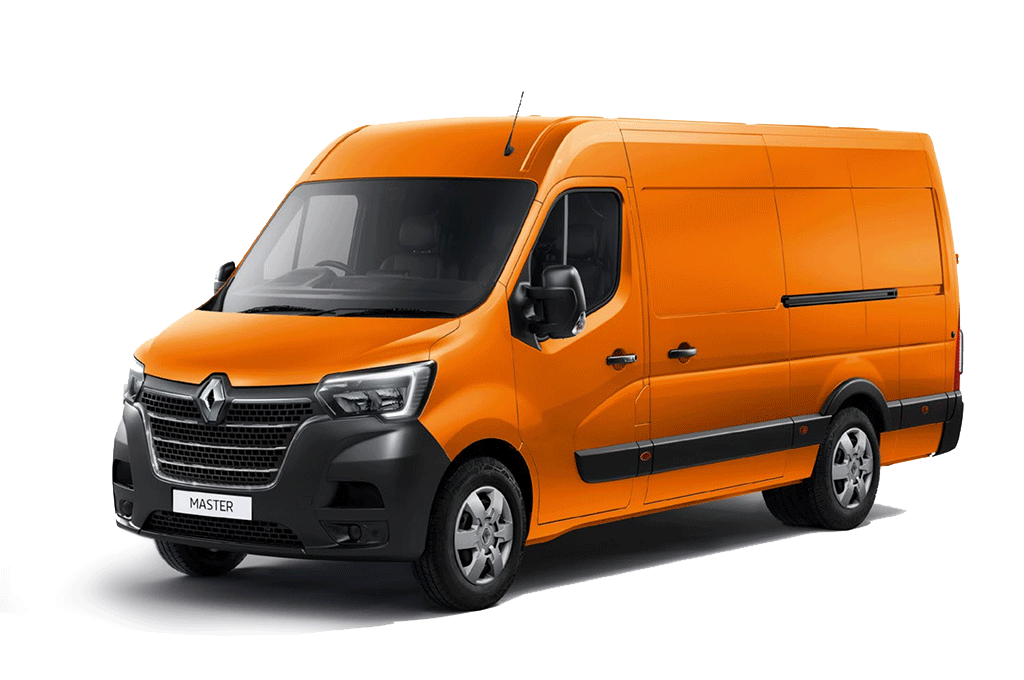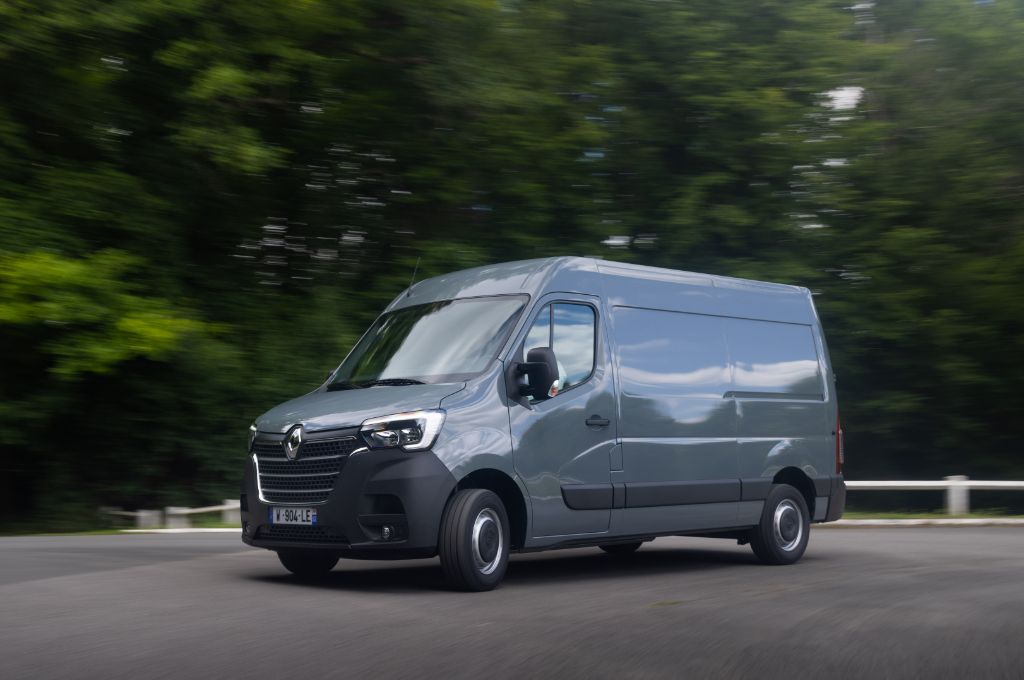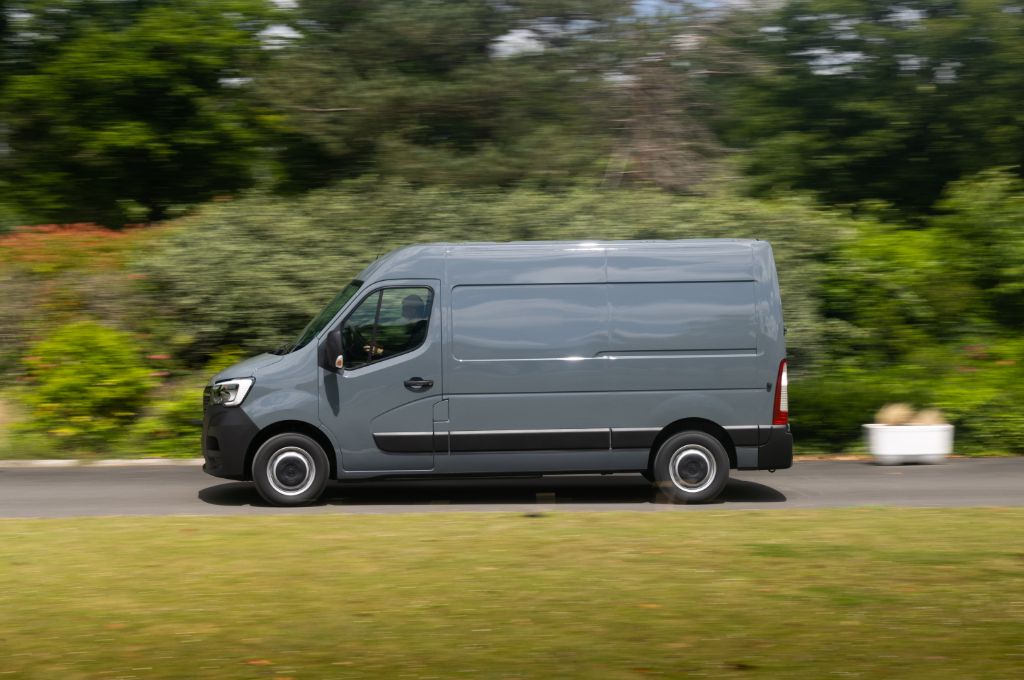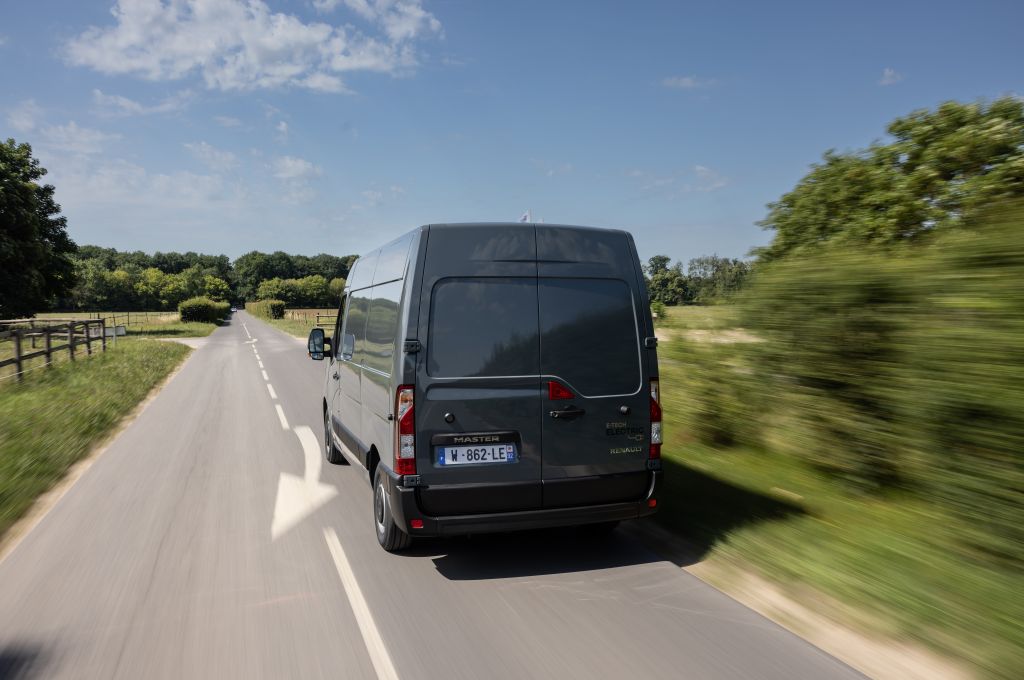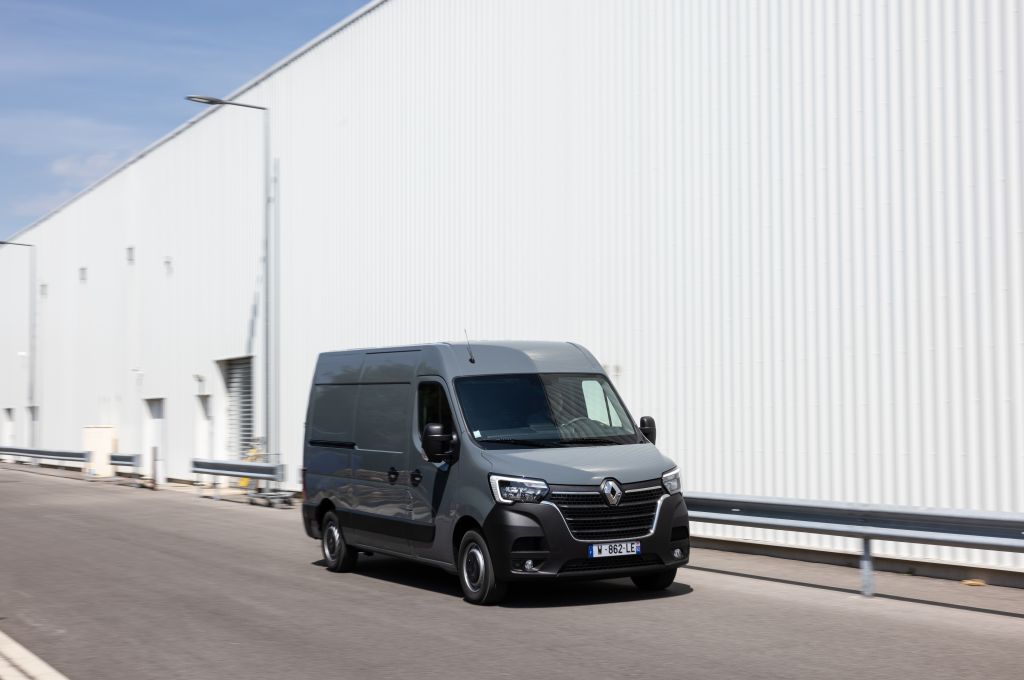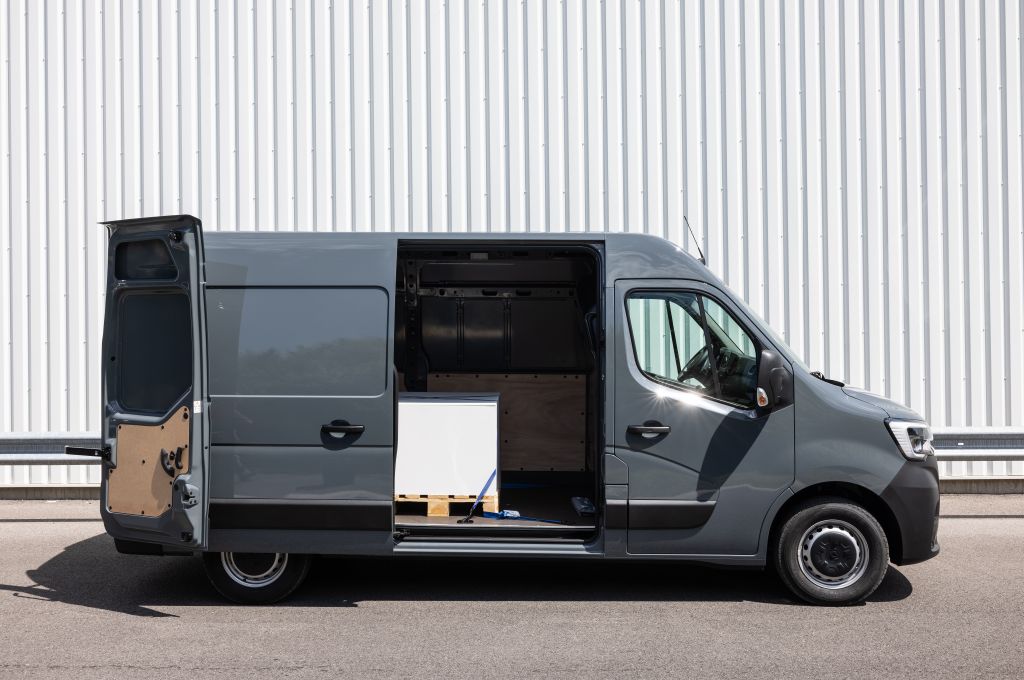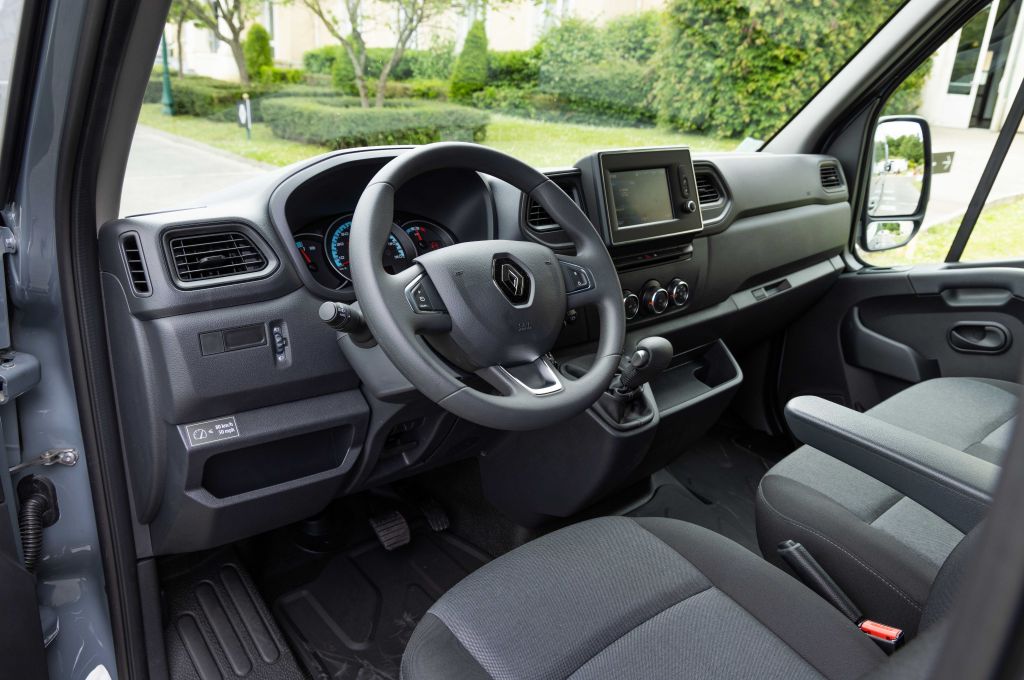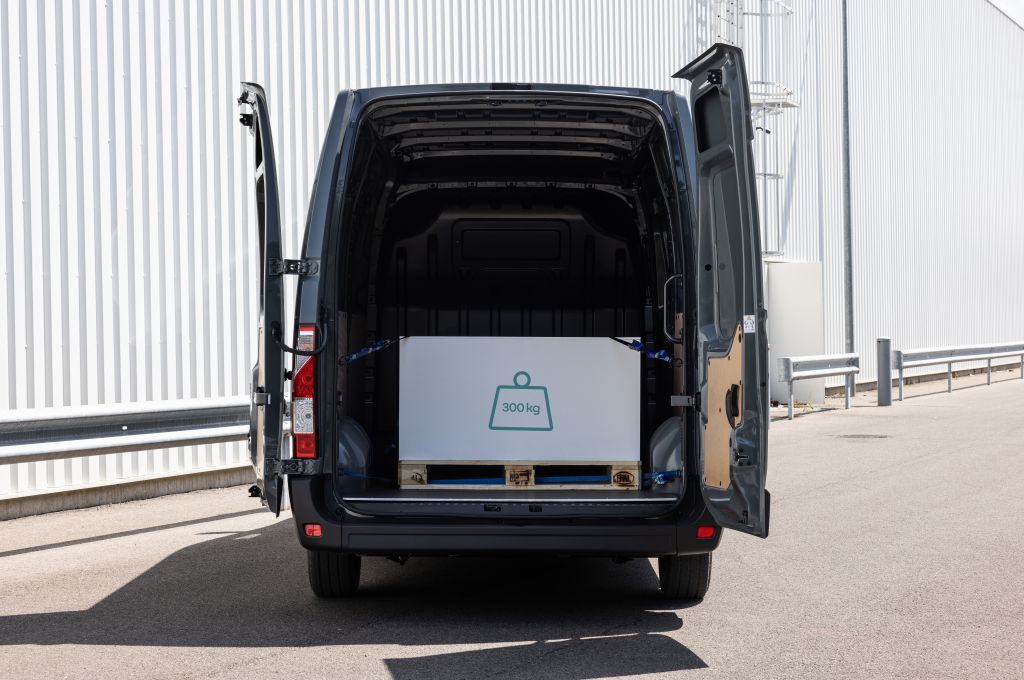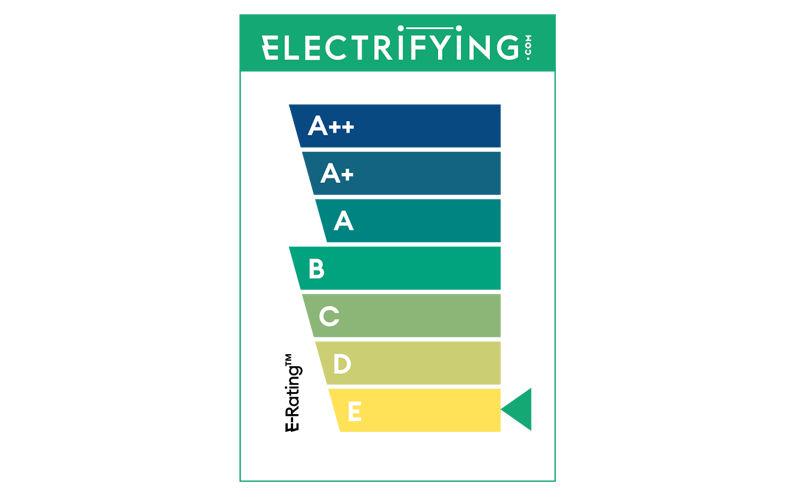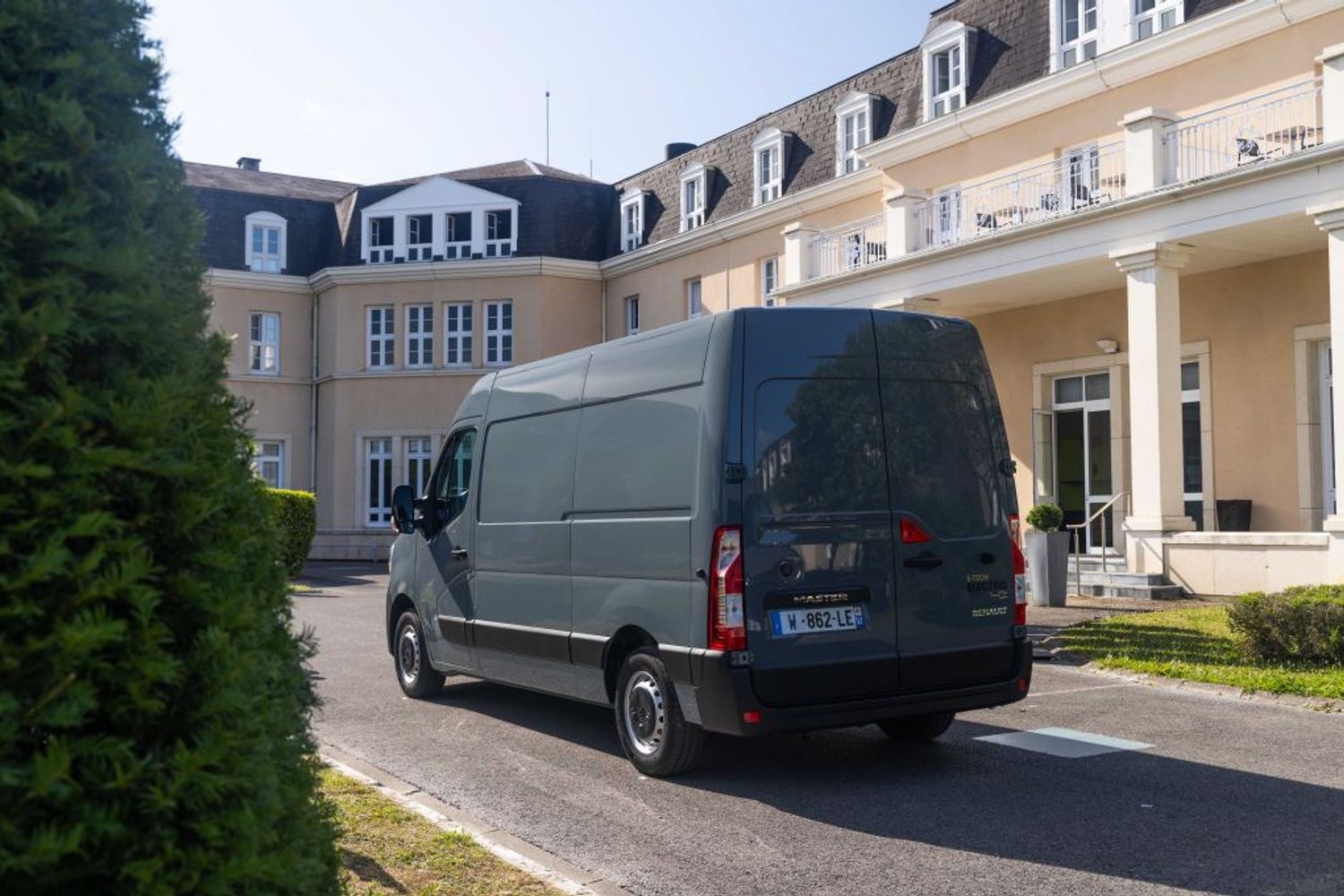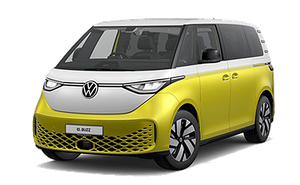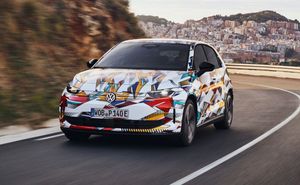Whether that was a mistake or not – they never proved popular sellers – the new Master E-Tech breaks its ties with the electric Kangoo and tries to up the ante, adding a new 52kWh battery pack and ditching the Kangoo ZE’s old 33kW pack. That sees the van’s range increase to 124 miles according to the WLTP standard while also retaining the 57kW motor previously used.
Unlike the Kangoo E-Tech, the electric Master won’t support rapid charging but will have a fast AC charging capacity of 22kW or 7.4kW single-phase charging. That makes charge times a little sluggish with five hours to reach 80% charge on a 7.4kW wallbox or more than 10 hours on domestic 3.7kW supply. However, 31 miles of range can be added in 45 minutes with the fast-charging capabilities.
The biggest improvement is the increased variety in the model range now on offer, with it rising from six versions to 15 models. There will now be three different lengths, three heights and three gross vehicle weights of up to 3.8-tonnes with payloads of 1.2 tonnes and load volumes ranging from 8m3 to 15m3.
Safety systems have been improved with the option of Lane Departure Warning, Rear Parking Assistance, and a reversing camera, while other ADAS options include Side Wind Assist and Active Emergency Braking.
For a large van, the 76bhp motor does seem a little underwhelming but driving the Renault Master E-Tech is much like driving any other large van. It’s quiet with a better ride than its diesel equivalent thanks to the weight of the batteries being spread across the length of the van beneath the chassis.
The initial responsive burst off the line is short-lived and the Master E-Tech seems slow compared to its most obvious rival the Ford E-Transit whose most powerful version (198kW) has almost four times the power. It even seems slow compared to the smaller Kangoo E-Tech which gets a 121bhp motor. Nevertheless, the Master E-Tech is still very capable of doing its job with a load space that is unchanged from the diesel van.
The large van’s handling has also been improved by the lower centre of gravity and although the suspension is quite firm and the van still fairly bouncy when lightly laden or empty you do get a lot of feedback through the steering making it fun to drive if you feel the need to push it.
There is a small amount of road noise and a fair amount of wind noise can be heard around the A-pillar area. This is especially noticeable as you close in on the van’s 55mph top speed.
There are no specific driving modes in the Master but there is an Eco button on the dash which limits the power and is designed to improve the overall range of the van. We’d advise against using it too regularly though as the Master’s already flat performance only gets worse – keep it for when you’re running empty or are particularly concerned about your range.
There’s also only one level of regenerative braking which automatically kicks in whenever you lift your foot from the accelerator. It’s a good amount of standard braking and is enough to gradually slow the van when you lift off the accelerator in the same manner that engine braking would slow down a diesel van.
On the inside, the cabin is unchanged from a diesel automatic, with the same gearshift used to control the electric driveline. The dials ahead of the driver have changed, with a range indicator and power meter replacing rev counter and fuel gauge. There’s induction smartphone charging and a 7-inch R-Link touchscreen.
Official specification for the E-Tech will be announced in the summer where features like heated seats and windscreen could be standardised like they are on the smaller electric Kangoo.
For the latest monthly offers on this or any other van, with free fast delivery, call our partner Vanaways on 0800 368 3286
Despite improvements, it feels like a missed opportunity that Renault have not been able to increase the power of the Master E-Tech to keep up with rivals and while the battery size has improved the lack of super-fast charging makes the 124 mile range feel a little limited.
The Master E-Tech doesn’t quite live up to the pioneering reputation it had once established.





